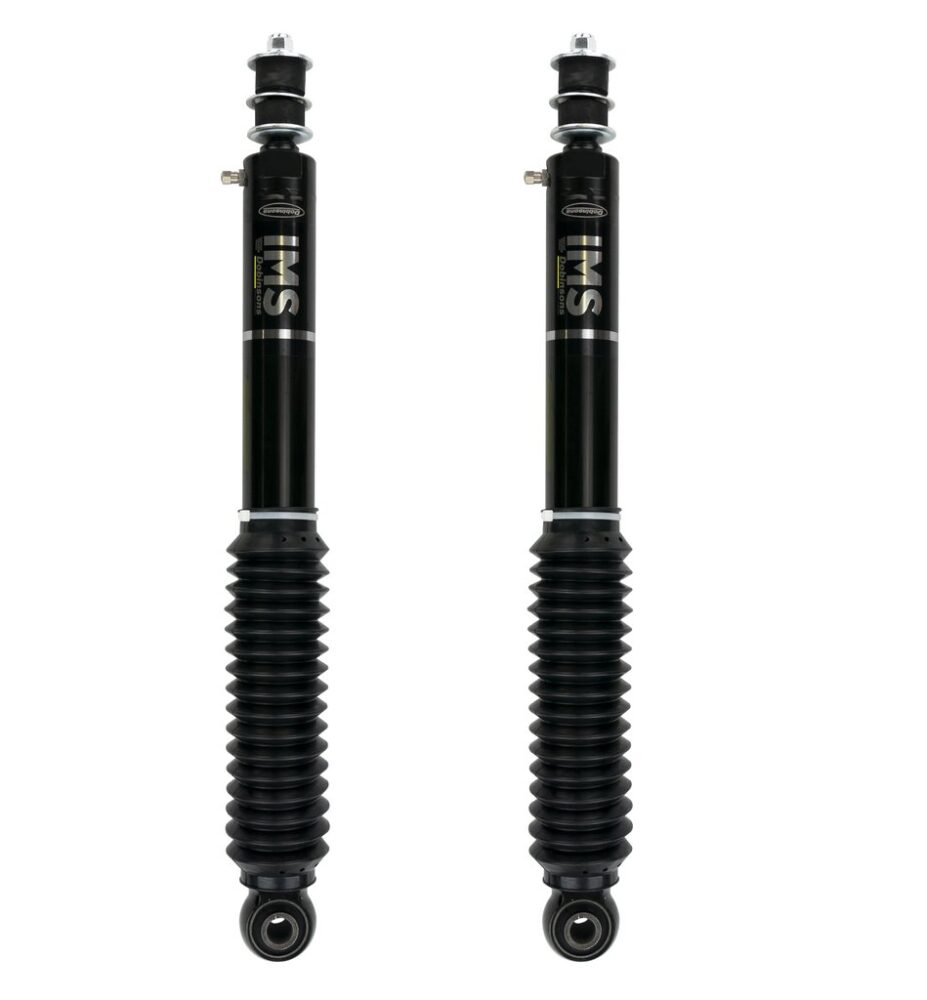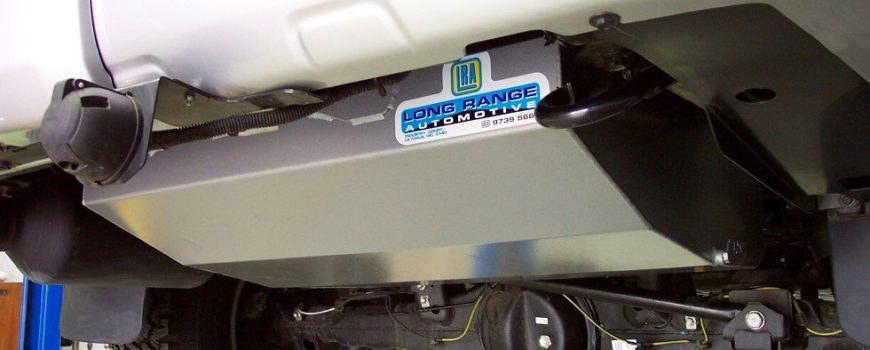Your cart is currently empty!
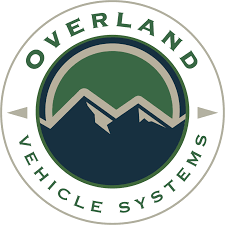
OVS Now Available from Exit Offroad!!
After our recent visit to the 2021 SEMA Show in Las Vegas, Nevada, we met with the folks from Overland Vehicle Systems (OVS) to check out their full product line of Rooftop Tents, Awnings (of all different sizes), recovery gear, cargo management, and a variety of cool camping gear. This full product range has something for everyone, and the quality on these products is as good as it gets. What sort of awning do you like? A traditional roll out rectangular awning? A 180 degree awning, or perhaps one of 2 different style 270 degree awnings? OVS has it all covered, and on some models, they can go on the driver or passenger side too!! We have been working hard by adding all of their products to the website, making sure to add as much detail as possible to answer all possible questions right there on each product page. Check out all the awnings and related products here: https://exitoffroad.com/product-category/camping-equipment/awnings/
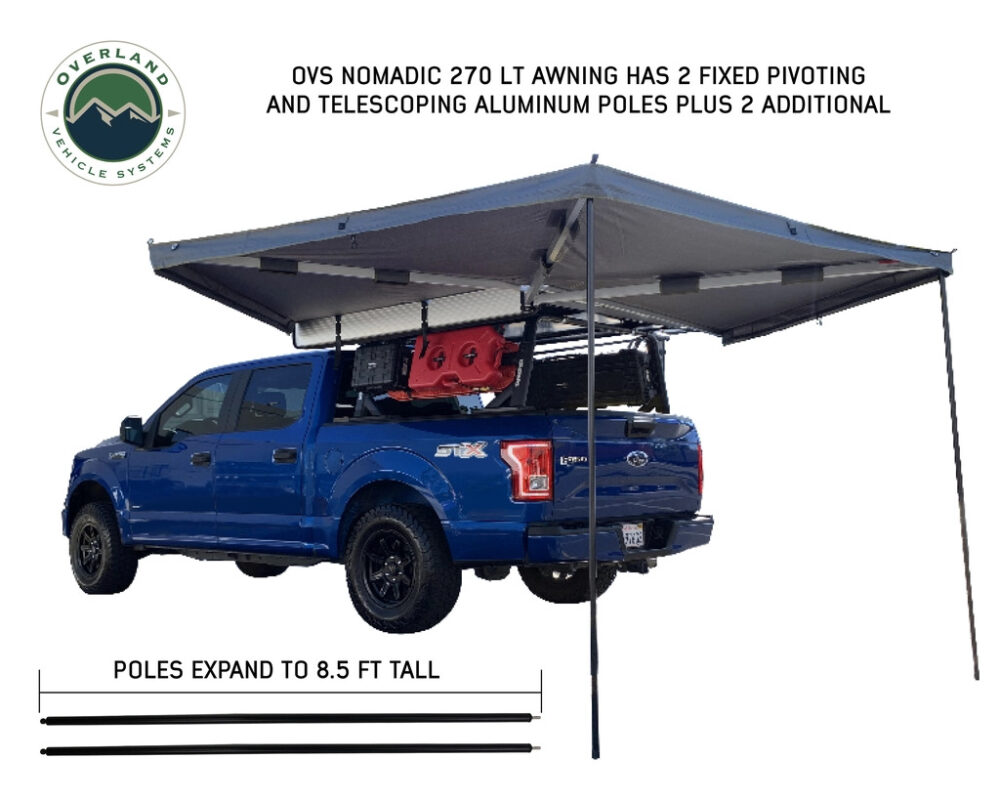

Back onto rooftop tents, there are soft and hard cover versions, 2-3 person and even 4 person rooftop tents now, and some even in different colors. There has never been more variety, and once again, all of the OVS tents are feature-rich and made from the best quality materials. Remember folks, what you’re paying for isn’t just the item to be used a few times, it’s all intended to be used for years and years, over and over again. Only with high quality materials will a folding rooftop tent last that long. Oh, and don’t forget about OVS’s 4 YEAR LIMITED WARRANTY too. No one puts that strong of a warranty on their tents and awnings unless they know that they are made of the right quality parts from the get-go!! Check out all of the Rooftop Tents and related items to them on this page here: https://exitoffroad.com/product-category/camping-equipment/rooftop-tents-camping/
One of the awesome categories that OVS offer is their huge range of canvas storage bags, cargo bins, and cargo boxes (also known as storage drawers or roller drawers). This full line up of products of all different sizes adds a great variety of solutions to store your gear properly in the back of your truck or SUV when hitting the trails, going camping, or hauling the kids around town. Everyone knows that canvas bags are really the only way to go when carrying heavier things like tools, spare parts, or recovery gear, and OVS has every size and type you can imagine. Make sure to look at each bag, as some are specific for tools, some are super handy for camping-specific gear, and some are more universal to carry whatever you’d like. Check out the storage bags.
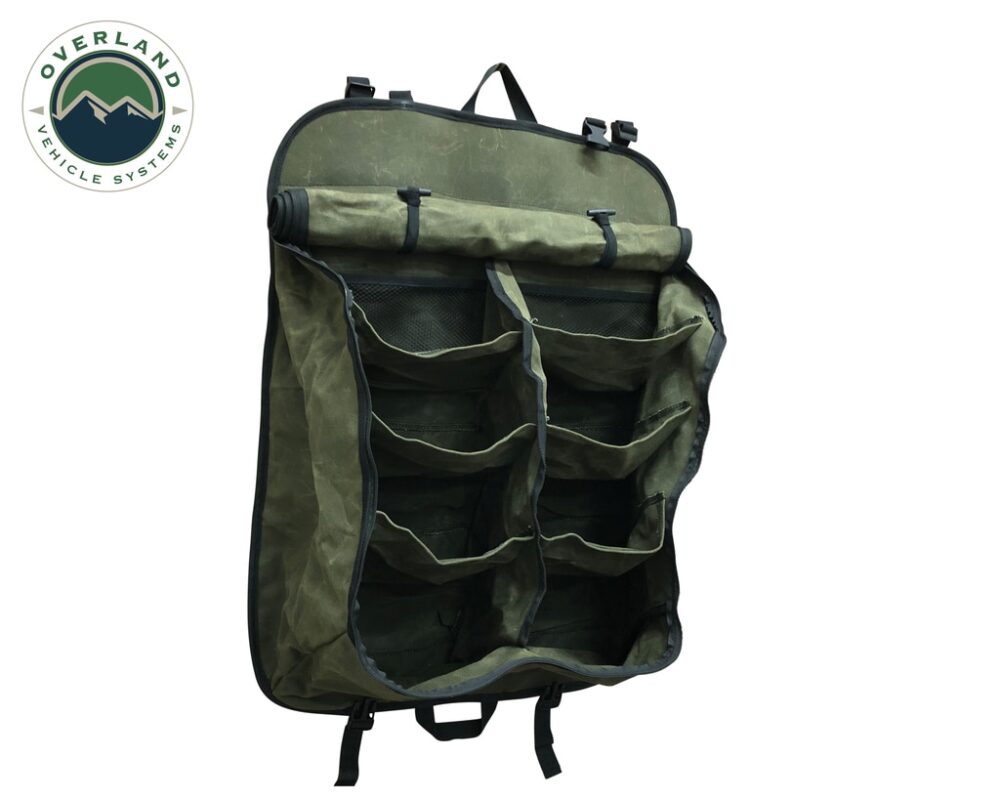
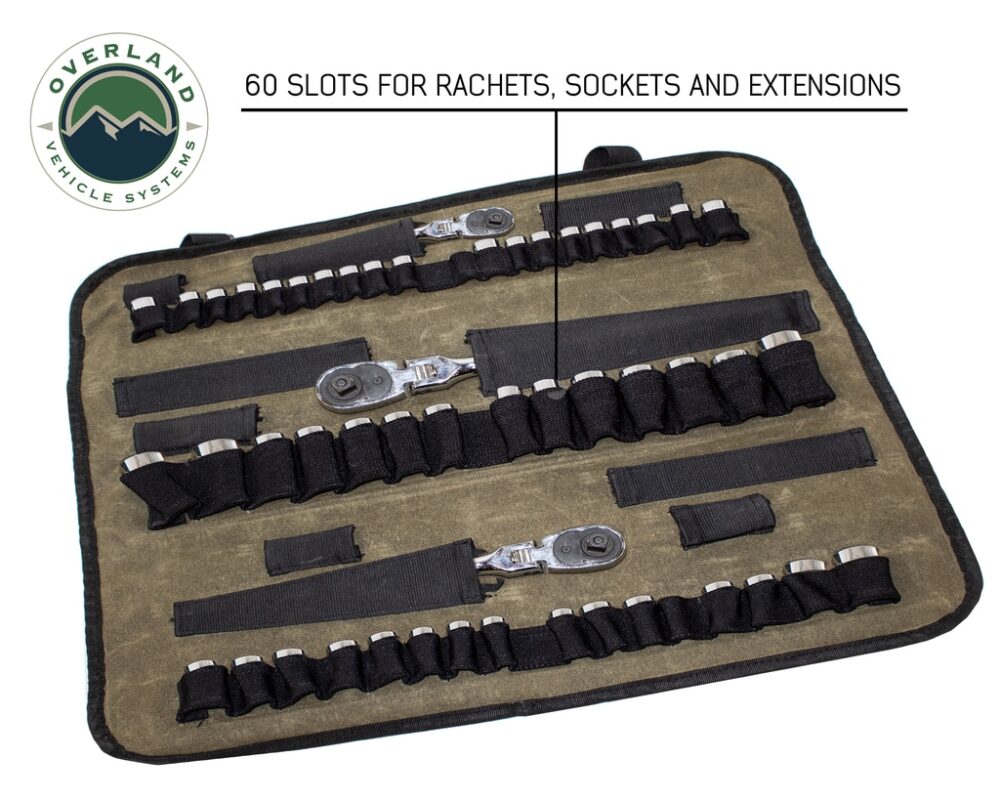
It’s no surprise too that OVS offer a few different size plastic storage cases for you pickup truck owners out there, and with these portable solutions, you can simply load up your camping gear into your truck for the weekend, then unload it easily when you get home and not worry about hauling that extra weight all over town when you use the truck for daily driving. Check out the cargo boxes.

And finally, the permanently mounted cargo boxes (roller drawers, storage drawers, whatever you’d like to call them) from OVS. There are 2 types, one has the added features of an additional work station, which is like an extra cutting board, that comes out once the drawer has been opened. And the standard drawer doesn’t have that. But at a great price per drawer, you could buy one, or both. You could stack them one on top of the other (bolt them together and to the floor), or mount them side by side on the floor for a flat top surface to carry the rest of your gear. These black powder coated cargo boxes look neat, are extremely functional, and also quite affordable compared to some other products on the market. Check out the standard cargo box here or the premium version with the added work station here.
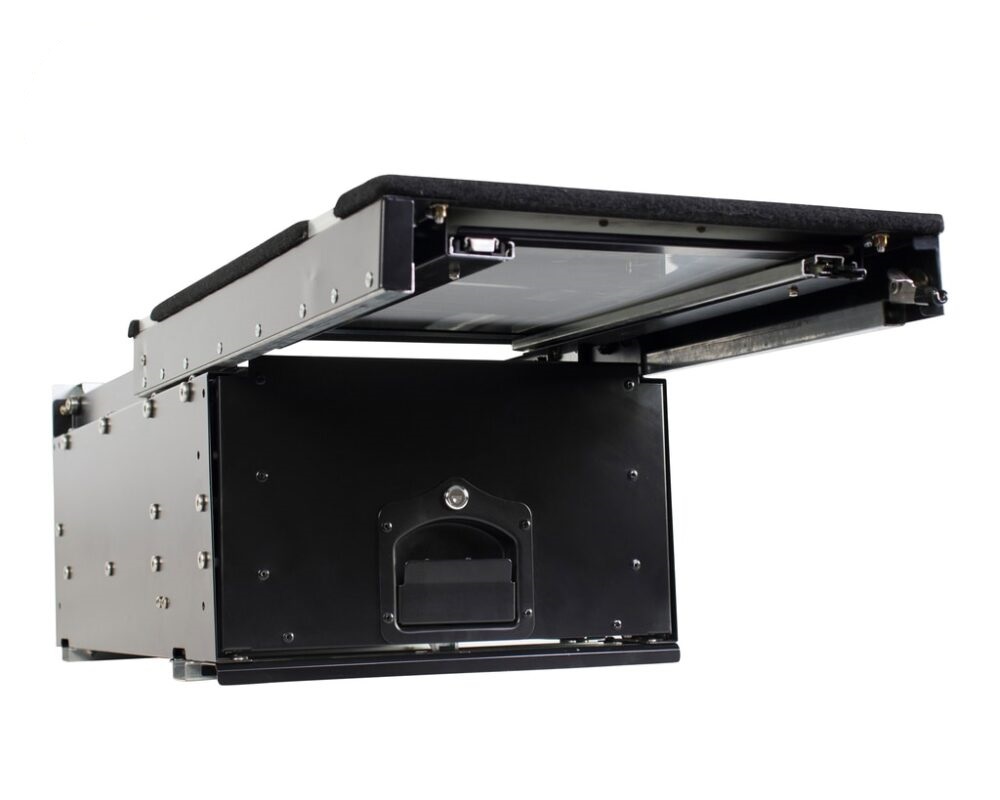
Next up, there’s a full product line of recovery gear. Straps, ropes, hard and soft shackles, receiver hitches, snatch blocks and rings, bags, tire repair kits and gauges, rapid tire deflators, and so much more. There’s basically everything you could need for a vehicle recovery right from one brand, and once again, all of it is excellent quality to last for many many years. Modern recovery equipment is so much lighter than the old style straps and pulleys from the old days, so do yourself a favor and read up on what OVS has to offer now. Saving extra weight on your overland trip is a goal most of us have, so check out all of the options here: OVS Recovery Gear
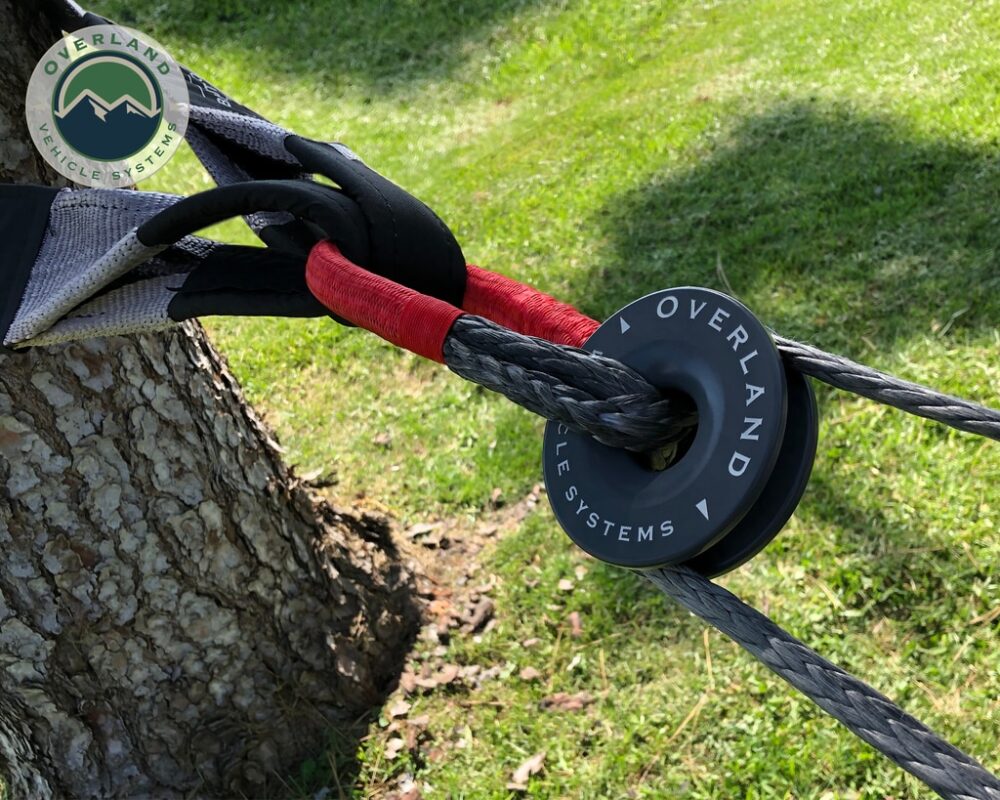

If you’ve read this far, congratulations!! You’ve probably already seen that a lot of OVS gear has a little tag on each page marked with FREE SHIPPING. That’s everyone’s favorite addiction these days, so be sure to take advantage of those deals while you can, because that could disappear at any time. We are offering Free Shipping on a lot of OVS items for a limited time to help bring these awesome products to the market.

